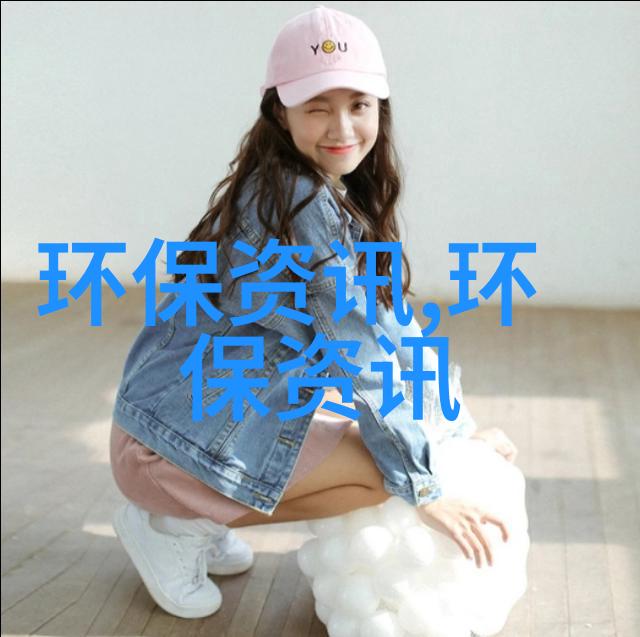Eco-friendly Fashion from Japan How Design Meets S
Introduction

Japan, a country known for its cutting-edge technology and innovative design, has been at the forefront of eco-friendly fashion. With a focus on sustainability and minimal waste, Japanese designers are revolutionizing the clothing industry by incorporating environmentally friendly materials and production methods into their designs.
The Rise of Sustainable Materials

One of the key factors driving this shift towards sustainable fashion is the use of eco-friendly materials. Japanese designers are increasingly turning to natural fibers such as hemp, bamboo, and organic cotton. These materials have a lower environmental impact than synthetic fibers like polyester or nylon, which are often derived from non-renewable resources like petroleum.
Recycling and Upcycling

Another approach to sustainable fashion is recycling and upcycling. This involves taking old or discarded textiles and transforming them into new products. For example, some Japanese companies are using recycled plastic bottles to create fabric for clothing. This not only reduces waste but also helps to reduce greenhouse gas emissions.
Designing for Durability

Japanese designers are also focusing on creating clothes that last longer by designing them with durability in mind. By using high-quality materials and construction techniques that withstand wear and tear better than cheaper alternatives, these clothes can be worn for many years without losing their shape or quality.
Minimal Waste Production Methods

In addition to using eco-friendly materials, Japanese designers are also adopting minimal waste production methods. For example, some companies use 3D printing technology to create garments with no seams or stitching required – reducing waste even further.
The Role of Technology
Technology plays a significant role in sustainable fashion in Japan too. From digital textile printing machines that allow for quick turnaround times while minimizing ink usage to advanced robots capable of weaving fabric more efficiently than human hands could ever hope – it's clear that innovation will continue shaping this industry's future trajectory.
Conclusion
As we look forward into an uncertain future filled with climate change challenges ahead it becomes increasingly important how our daily choices affect the planet around us - including what we wear every day! The emergence of eco-friendly fashion trends coming out from Japan offers hope; they show us there's room both aesthetically pleasing & responsible choices available when it comes time pick outfit each morning - let alone take part larger movement towards global sustainability!



